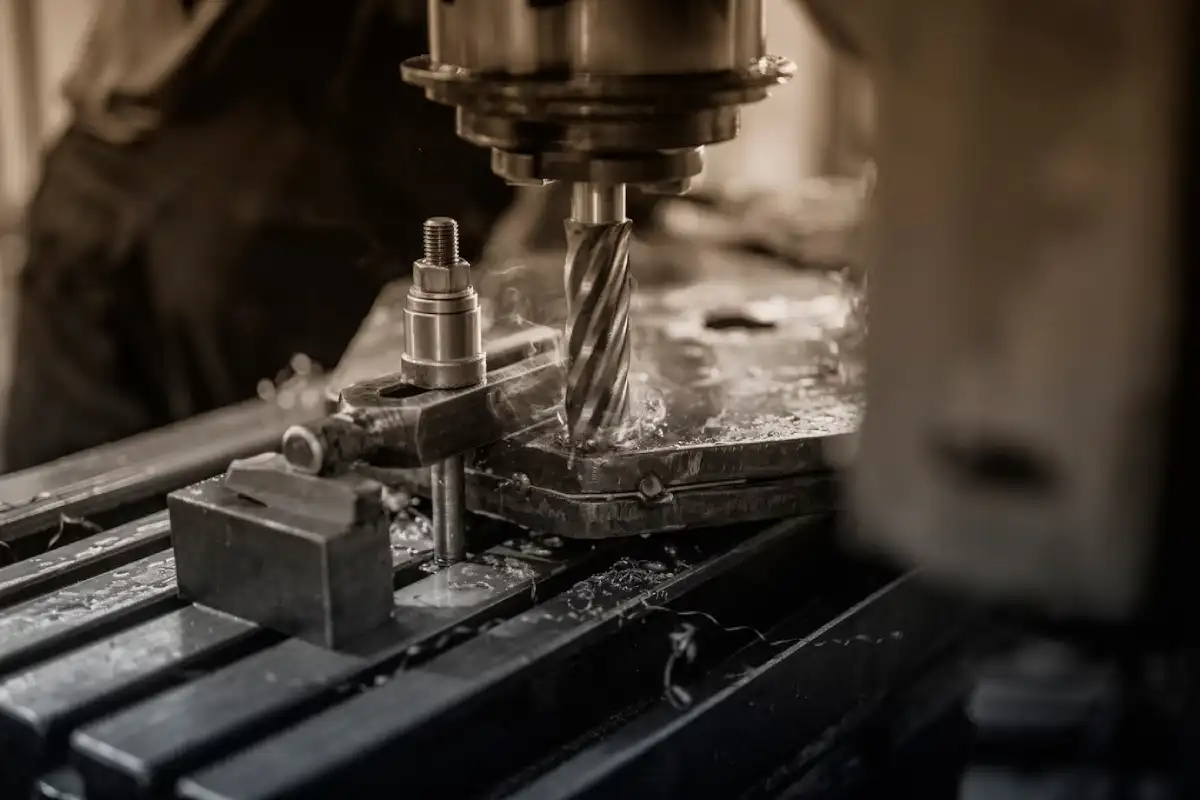CNC routers have become essential tools in many different industries due to advancements in manufacturing processes. However, choosing the right programming software for CNC routers is crucial for maximising the capabilities of these machines. The ideal software can streamline your workflow, simplify processing, and ensure precision cutting for operational efficiency.
What is CNC Router Software?
CNC (Computer Numerical Control) software translates your digital designs into precise commands that control the router’s movement and operation. It takes designs from CAD (Computer Aided Design) software and then uses CAM (Computer Aided Manufacturing) software to convert those designs into code that the CNC router can understand.
The software usually offers the following features:
- 2D and 3D Modelling: Create accurate designs, from flat layouts to complex 3D shapes.
- Multi-Axis CNC Programming: Control multi-dimensional movements for complex manufacturing processes.
- Simulation and Testing: Avoid costly mistakes by simulating processes before cutting.
- Toolpath Generation: Provide the router the optimal paths so that it can efficiently cut or engrave materials.
Through the integration of CAD and CAM functionalities, the software ensures seamless programming for a variety of applications. These range from complex metalwork and large industrial projects to wood carvings and furniture production.
Must-Have Features in CNC Tools
Choose CNC control software for your router based on important features that improve quality and efficiency. Here are the key features to prioritise on:
1. Easy-to-Use CNC Software Interface
A user-friendly interface is essential, especially for beginners or businesses with limited training resources. Intuitive software reduces the learning curve, allowing operators to focus on productivity instead of dealing with complex systems.
2. Comprehensive CAD and CAM Integration
Software that combines the functions of CAD and CAM provides a seamless workflow. It reduces the risk of data loss or inconsistencies and enables a direct transition from design to manufacture, saving time.
3. 2D and 3D Capabilities
Make sure the software can handle a variety of projects by supporting both 2D and 3D designs. Whether designing simple layouts or complex multi-dimensional designs, this versatility is essential for scalability and creativity.
4. Multi-Axis CNC Programming
Advanced software should be able to handle multi-axis programming to support more complex manufacturing tasks. This is particularly important for industries like furniture design and aerospace that need accurate cuts in multiple dimensions.
5. Simulation Tools
Before production starts, integrated simulation helps identify potential issues. This feature is essential for reducing waste, improving accuracy, and boosting confidence in final output.
6. Material Waste Reduction
Choose software with the best nesting capabilities to reduce material waste. Smart nesting algorithms increase utilisation by arranging components in an efficient cutting layout.
7. Customisability and Scalability
As businesses expand, so do their needs. Select software that scales to meet future operational expansions and offers customisable options.

Benefits of CNC Software for Routers
Using the right CAD and CAM software in your CNC workflow has the following advantages:
- Enhanced Efficiency: CNC control software speeds up processes and lowers manual input errors by automating tasks like path generation and tool selection.
- Consistency and Precision: The software helps ensure that each product meets required standards with minimal errors, even when handling complex designs or bulk orders.
- Cost Savings: Features like reducing material waste and preventing errors directly contribute to cost savings, especially for small and medium-sized businesses.
- Expanding Capabilities: Advanced design tools and multi-axis CNC programming create opportunities for complex and creative projects.
- Improved Workflow Management: Full CAD and CAM integration simplifies processes and makes it easier for the design and production teams to communicate.
How to Select the Right Tool for Your CNC Router
It’s important to consider several factors when choosing the best CNC router software for your needs. Here’s how you can decide:
1. Understand Your Business Needs
Do you specialise in mixed materials, metal fabrication, or woodworking? Your industry and specific projects will determine what features you require.
2. Evaluate Usability
Opt for CNC software that is easy to use, especially if there are members on your team with different levels of technical skill.
3. Prioritise Integration
If you currently use computer-aided design software (CAD), make sure the new software fits in smoothly with your workflow.
4. Assess Support and Training
Reliable technical support and easily accessible training materials can have a significant impact on long-term use and onboarding.
5. Trial Runs and Demonstrations
Most of software providers offer demos or trials. Use these to determine how well the tool fits into your workflow.
Overcoming the Common Challenges with CNC Software
Despite the advantages of CNC software, users often face difficulties when implementing it. The following are few typical problems and their solutions:
- Learning Curve: New users may find the complexity challenging. To address this, offer thorough training materials and an organised onboarding process.
- Cost of Software: Premium solutions are often costly. However, focusing on ROI through increased efficiency and production usually makes the investment worth it.
- Compatibility Issues: To prevent integration delays, ensure that the software supports your hardware, including operating systems and machine models.
Optimising Your Workflow with CNC Router Tools
Follow these implementation tips to maximise the benefits of your chosen CNC software:
- Set Clear Objectives: Specify your software’s objectives, such as increasing design complexity or reducing material waste.
- Regular Updates: Regularly update the software to access new features, fixes, and better performance.
- Collaborate Across Teams: Ensure your production and design teams work together more effectively by providing software usage training.
- Document Best Practices: As your company grows, keep up-to-date manuals or guides for new hires to ensure consistent workflow improvements.
Make CNC Operations Easy with Alphacam
Alphacam simplifies the process of working with CAD and CAM software, making it easier to use. It helps businesses with its multi-axis CNC programming and user-friendly interface.
Alphacam is the top choice for businesses of all sizes, from small workshops to large manufacturing facilities, as it helps ensure the smooth running of every stage of production.

